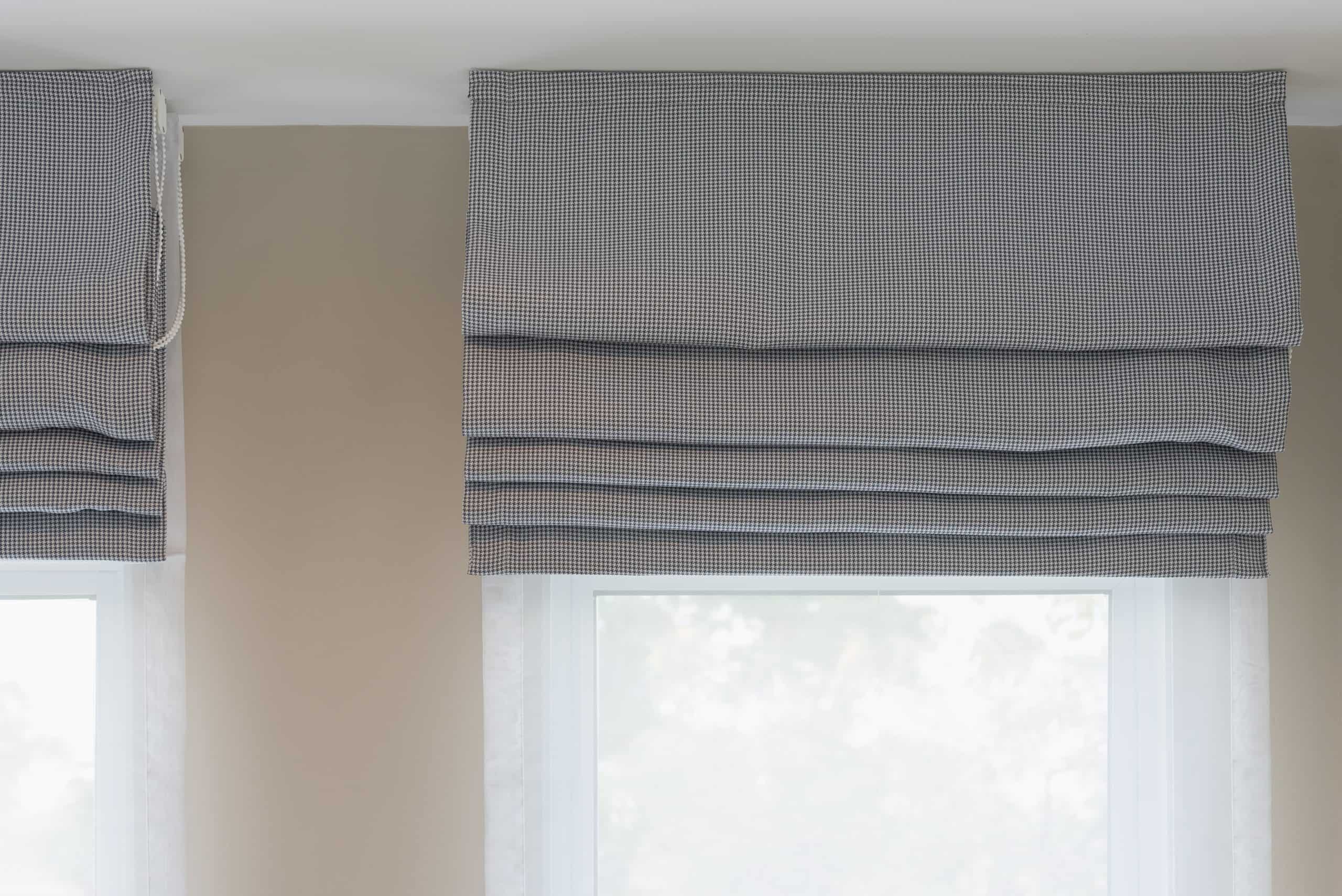
Summary:
Coordinating window treatments across multiple rooms isn’t about making everything identical. That approach often feels forced and lacks visual interest.
Instead, successful coordination relies on creating subtle connections through color, texture, or style elements that tie spaces together. Think of it as creating a conversation between rooms rather than making them all say the same thing.
The key lies in establishing a consistent design thread while allowing each space to maintain its own personality and function.

Your color palette serves as the foundation for cohesive window treatments throughout your home. Start by identifying the dominant colors already present in your main living areas.
Look at your furniture, wall colors, and existing decor to find common threads. Maybe you have warm grays in the living room, soft whites in the kitchen, and cream tones in the dining area. These neutral connections become your coordination starting point.
Custom window treatments allow you to match these existing colors precisely or introduce complementary shades that bridge different spaces. For instance, if your living room features deep navy accents, you might choose window shades with subtle navy trim in adjacent rooms.
Don’t overlook the power of neutral window treatments as unifying elements. Warm whites, soft grays, and natural linen tones work across virtually any color scheme while providing the flexibility to update other design elements over time.
The goal is creating visual flow without overwhelming any single space. Your window treatments should enhance each room’s character while contributing to the overall harmony.
You don’t need identical window treatments in every room to achieve coordination. Different spaces have different needs, and your window coverings should reflect those functional requirements.
Your kitchen might benefit from easy-to-clean roller shades, while your living room calls for elegant Roman shades or custom shutters. The bedroom might need blackout capabilities that other areas don’t require.
The coordination comes through consistent design elements rather than identical products. You might use the same fabric or color family across different window treatment styles. Or maintain consistent hardware finishes whether you’re installing blinds, shades, or shutters.
Consider the sight lines between rooms when making these decisions. Spaces that are visible from each other benefit from stronger coordination, while more private areas like bedrooms can diverge more significantly from your main theme.
Professional installation ensures that even different window treatment styles maintain consistent mounting heights and proportions, contributing to that unified appearance you’re seeking.
Custom options give you the flexibility to adapt your coordinating elements to each room’s specific needs while maintaining the overall design thread throughout your home.
Want live answers?
Connect with a Mohawk Shade & Blind Inc expert for fast, friendly support.
Proper measurement and installation play crucial roles in achieving a cohesive look across multiple rooms. Even the most beautifully coordinated window treatments lose their impact when mounting heights vary or proportions feel off.
We ensure consistent placement and spacing that your eye expects to see. This attention to detail makes the difference between a coordinated look and a truly polished one.
Custom manufacturing also allows for adjustments that accommodate the unique characteristics of each room while maintaining design consistency.

Motorized window treatments and smart blinds offer new possibilities for creating coordinated functionality across multiple rooms. Beyond the visual coordination, you can synchronize how your window treatments operate throughout your home.
Imagine programming your living room, dining room, and kitchen window treatments to adjust simultaneously for entertaining, or setting bedroom and bathroom shades to coordinate with your morning routine.
Smart home integration allows you to group window treatments by function rather than just location. You might have all south-facing windows adjust together to manage afternoon sun, regardless of which rooms they’re in.
This technology particularly benefits open floor plans where multiple functional areas share the same space. You can coordinate light control across your great room while maintaining individual control for specific zones.
The programming options also support your design goals by ensuring consistent light levels and privacy settings that enhance the coordinated appearance of your window treatments.
Modern motorized systems integrate seamlessly with existing smart home platforms, making it easy to incorporate coordinated window treatment control into your daily routines.
The materials you choose for your custom window treatments significantly impact both immediate coordination and long-term satisfaction. Different rooms place different demands on window coverings, and your material choices should account for these variations.
High-moisture areas like kitchens and bathrooms require materials that resist humidity and clean easily, while living areas can accommodate more delicate fabrics that add texture and visual interest.
Consider how materials will age and wear in each environment. Consistent aging across your coordinated window treatments maintains that unified appearance over time. This is where quality custom materials show their value compared to off-the-shelf alternatives.
Natural materials like wood shutters or woven wood shades provide inherent coordination through their organic variations. Even when colors vary slightly between rooms, the consistent material creates visual harmony.
For fabric-based treatments like Roman shades or drapes, consider how different lighting conditions in each room will affect color appearance. What looks perfectly coordinated in the showroom might appear mismatched in your actual spaces due to varying natural light exposure.
Our professional consultation helps navigate these material considerations, ensuring your coordinated design maintains its intended appearance throughout your home’s different lighting and environmental conditions.
Successful window treatment coordination starts with a comprehensive plan that considers your home’s architecture, existing design elements, and functional needs. Take time to evaluate sight lines, lighting conditions, and how you actually use each space.
The investment in custom window treatments pays dividends in both immediate visual impact and long-term satisfaction. Our professional design consultation eliminates the guesswork and helps you avoid costly coordination mistakes.
When you’re ready to create that cohesive, polished look throughout your home, we bring the expertise and custom solutions that transform your vision into reality.
Continue learning: